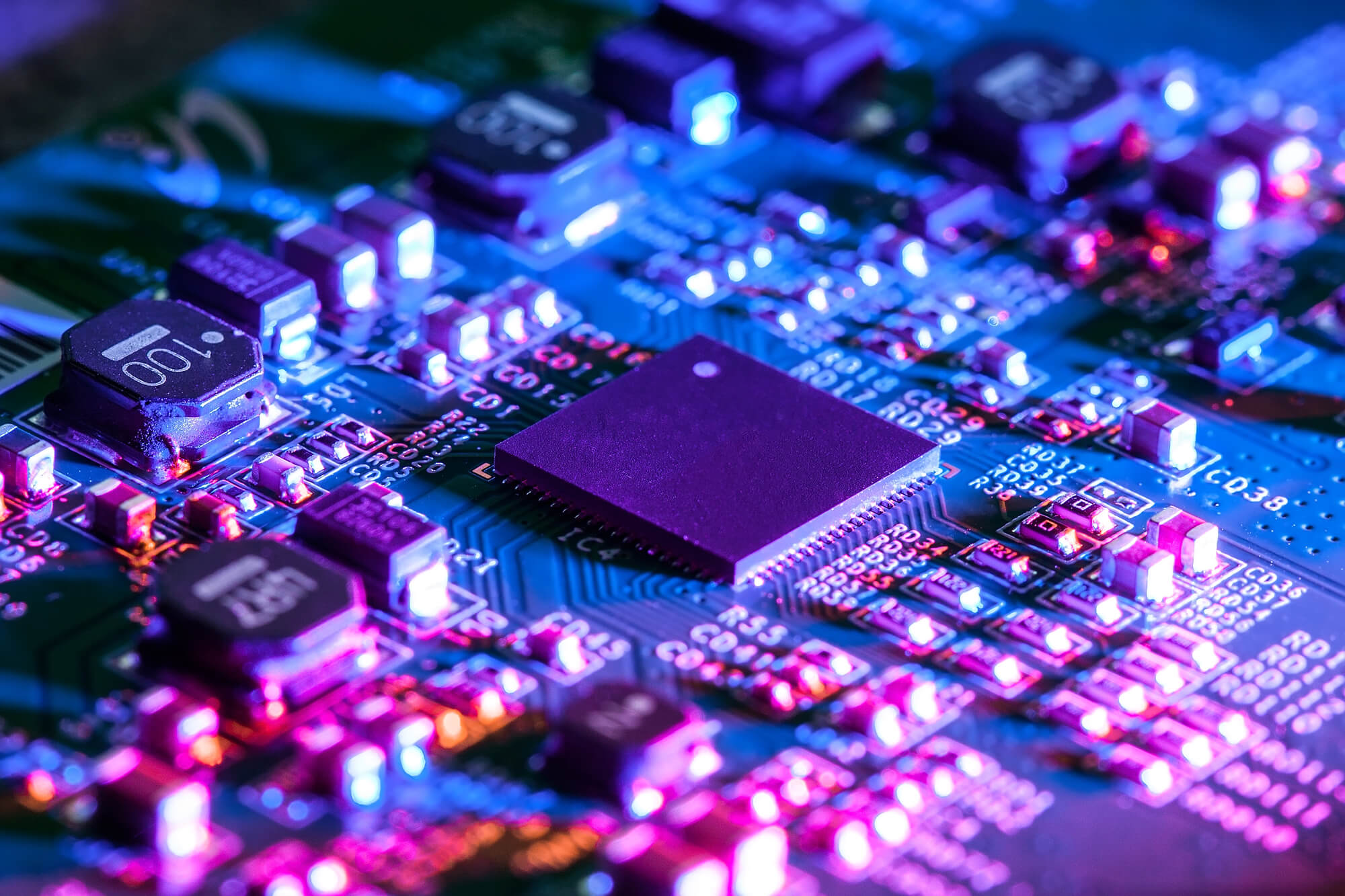Aviation innovation marvels: The history of the microchip
Capt Mike Shiyuka info@airspacenews.co.ke The microchip, which contains an Integrated Circuit known as IC, is one of the most important innovations by mankind today. It has revolutionalised the electronic industry and made a huge impact on our lives. Almost all electrical appliances and their components with any form of electronic software use an integrated circuit. The strides made in the aviation industry today will forever owe it to microchip technology. Most of the software on modern aircraft today has IC; it is what flies our modern-day aircraft and all other infrastructural appliances. It supports electronics in the aviation industry, complemented by invaluable innovation. The IC was invented by two electrical engineers, Jack Kilby and Robert Noyce, the Silicon Chip inventor, in December 1958 at Texas Instrument. Their achievements paved way for the development of the modern computer, which forms the intel in almost all electrical applications in our daily lives. Kilby won the Nobel prize in Physics in 2000. In 1962, Texas Instruments and Fairchild Semiconductor Corporation first used the microchip in the Minuteman Missile Programme, and later on, chips were initially used in the manufacturing of pocket calculators. The original IC had only one transistor (on-off switch), three resistors (electronic current control), and one capacitor (collection and release of electric current). A diode (stop the flow of current) was the size of an adult little finger. Today, the IC is smaller than a penny and has within it 125 million transistors. The microchip industry is worth $1 trillion (Sh120 trillion) annually. The World Wide Web owes its growth to microchip technology. Where would we be without it? All computers use microchip technology, just to name a few uses.

